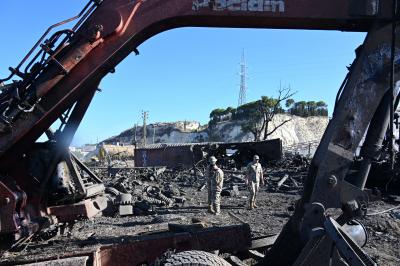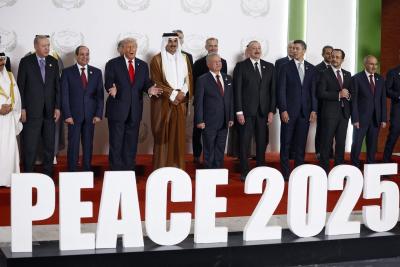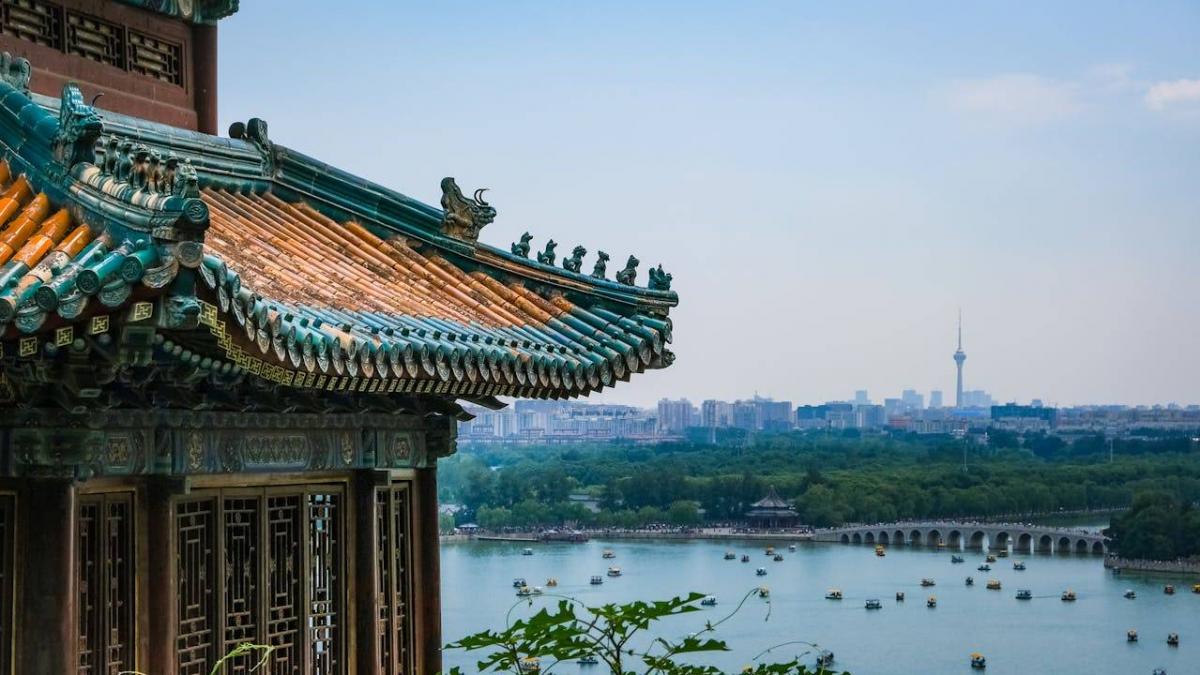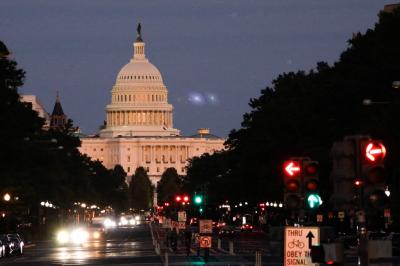It is difficult to predict Donald Trump's decisions, but certain aspects of his foreign policy can be discerned from his first term and campaign statements. Since leaving the White House in 2020, Trump has consistently highlighted his priorities, promising decisive action if he returns to power.
His foreign policy, unpredictable and often unsettling, has caught opponents off guard and occasionally disoriented allies. During his recent campaign, he promised to end global conflicts—whether in Ukraine or the Middle East—without going into detail. According to him, had Americans reelected him in 2020, these wars would never have erupted.
China as the Top Priority
For Trump, the United States must no longer exhaust itself in regional conflicts that distract from the real challenge: China. Viewed as the greatest economic and military threat to the U.S., China has become the centerpiece of his strategy. Trump believes that conflicts in Lebanon, Gaza, or Ukraine are mere distractions from the urgent need for a confrontation with Beijing.
During his last meeting with Joe Biden at the APEC summit, Chinese President Xi Jinping drew four red lines: Taiwan, human rights, China’s political and economic system, and its strategic development interests. True to his bold style, Trump seems determined to ignore these warnings.
A Return to a "Trade War"
Between 2017 and 2021, Trump's first term was marked by tensions with Beijing, particularly due to high tariffs and his accusations against China, which he held responsible for the COVID-19 pandemic, calling it the "China virus."
This time, Trump promises to strike harder: he plans to increase tariffs on Chinese imports by 60% as soon as he returns to the White House. The goal? Force American companies to repatriate their operations from China, thus reviving a protectionist policy reminiscent of American isolationism between the world wars.
However, China has diversified its economic partnerships and reduced its dependence on the U.S. market. According to TS Lombard, a London-based economic research firm, China’s share in U.S. imports fell from 20% to 13% in six years, partly due to the relocation of production chains to countries like Mexico or Vietnam to circumvent U.S. tariffs.
Detaching Moscow from Beijing: A Strategic Rebalancing
Trump also appears keen to reposition relations between Washington, Moscow, and Beijing. In his view, a rapprochement with Russia is crucial to contain China’s rise. He sees the "no limits" partnership declared between Xi Jinping and Vladimir Putin as a major obstacle.
This strategy explains his insistence on resolving the war in Ukraine quickly, even if it means forcing Kyiv to cede territory. Although this approach may be unpopular in Europe, it aligns with a geopolitical logic aimed at weakening Beijing by dividing its allies.
A Cabinet Resolutely Anti-China
The figures likely to compose Trump’s future administration reflect his hostility toward China. Marco Rubio, a candidate for Secretary of State, is a staunch opponent of the Chinese Communist Party. Mike Waltz, a potential National Security Advisor, is known for his anti-China stance. Finally, Howard Lutnick, nominated to lead the Commerce Department, plans to intensify restrictions on China’s access to advanced technologies, particularly in artificial intelligence.
Economic Challenges Ahead
Despite his ambitions, Trump may face economic realities. According to The New York Times, widespread tariffs on Chinese imports could lead to higher consumer prices and hurt U.S. manufacturers.
As Trump embarks on a second term with China as his top priority, his choices will have profound repercussions not only on the American economy but also on the global geopolitical balance.
Please post your comments on:
[email protected]
 Politics
Politics













